30 Years of U.S. Climate Policy
Legal Planet
JANUARY 12, 2023
remains a party to the UNFCCC , helped broker the Paris Agreement, and is till a party to that agreement today. Perhaps most importantly, the federal government has invested billions of dollars in clean energy. should not enter into any climate agreement that fails to limit emissions from developing countries.


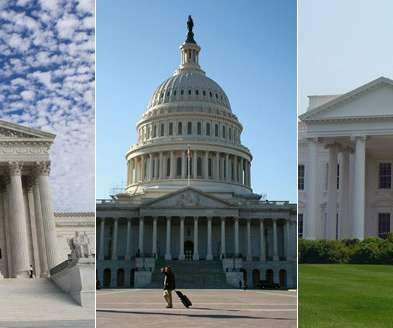
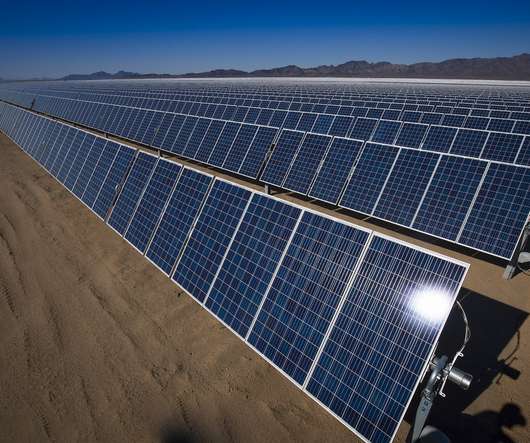
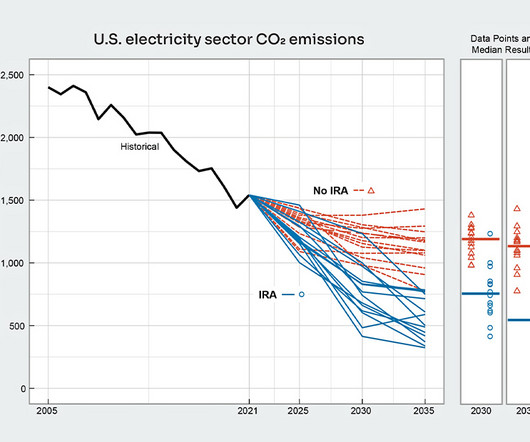
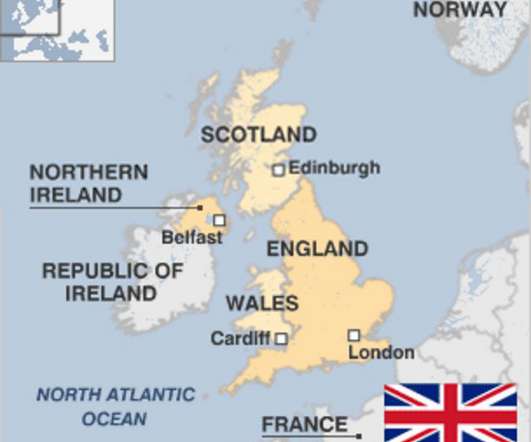


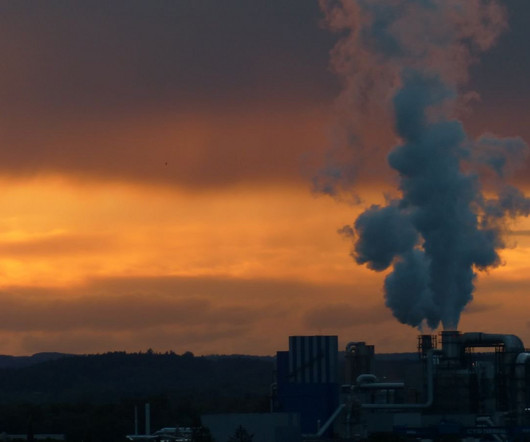


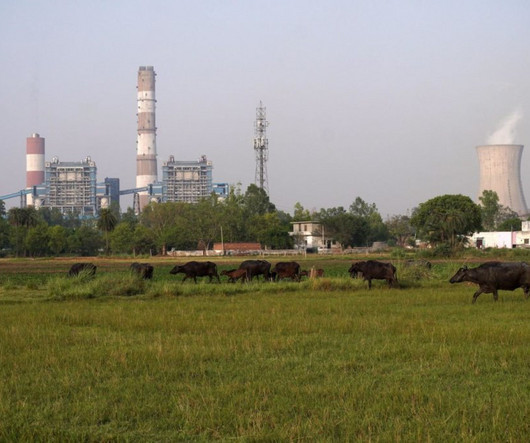


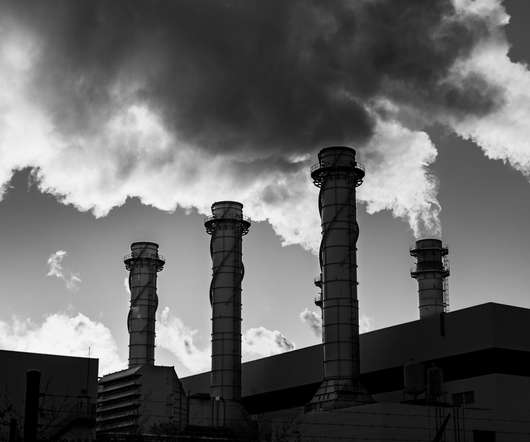











Let's personalize your content